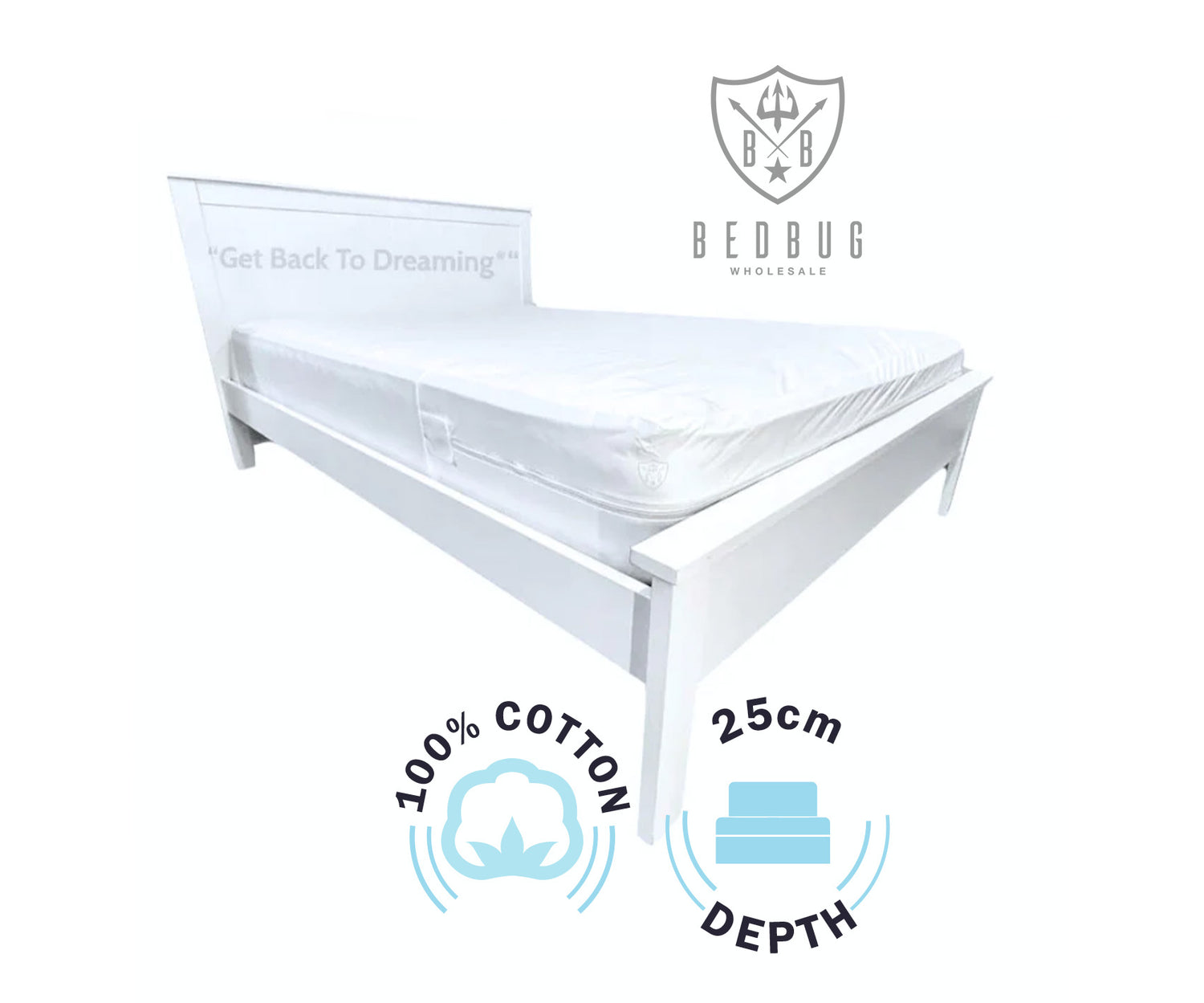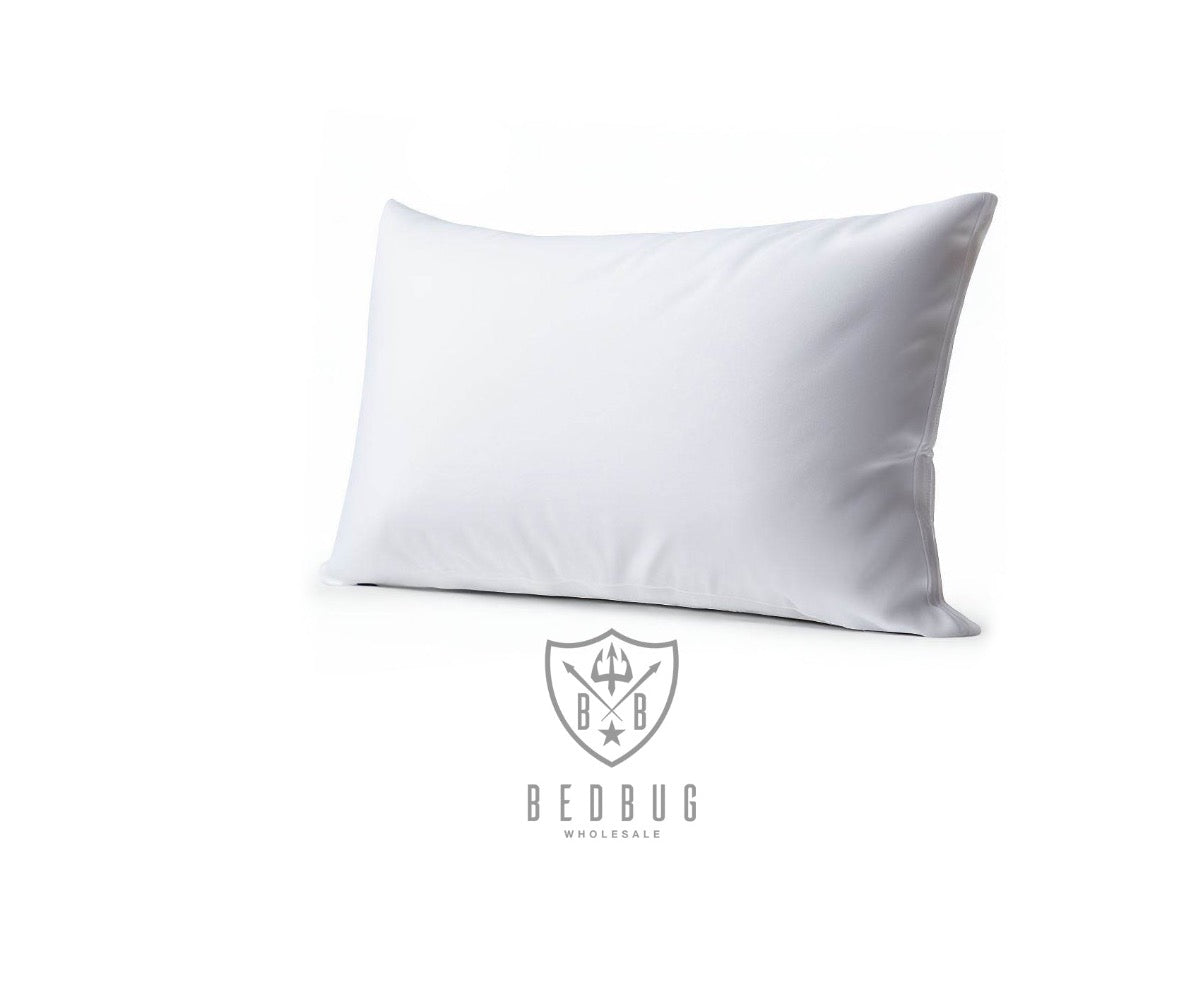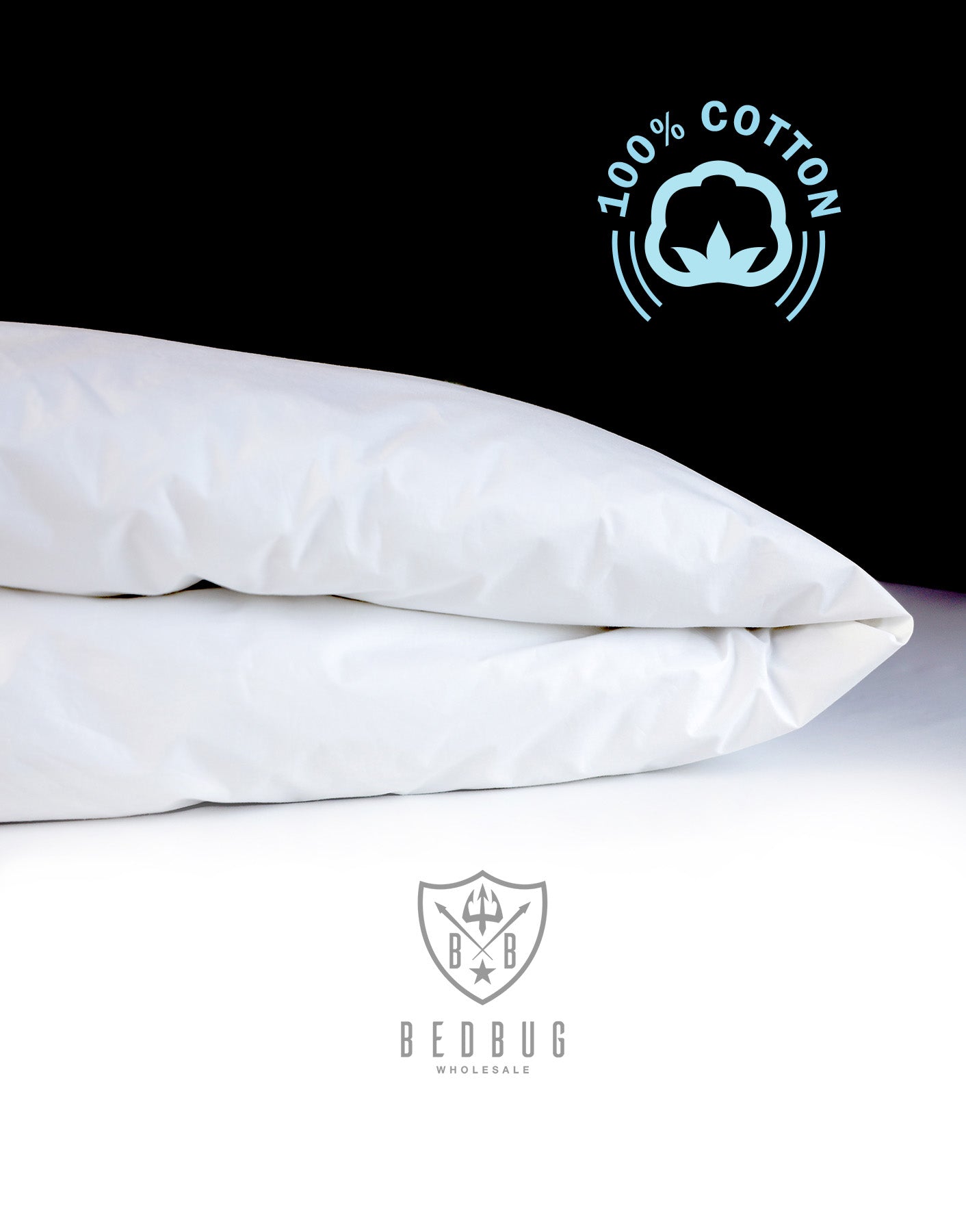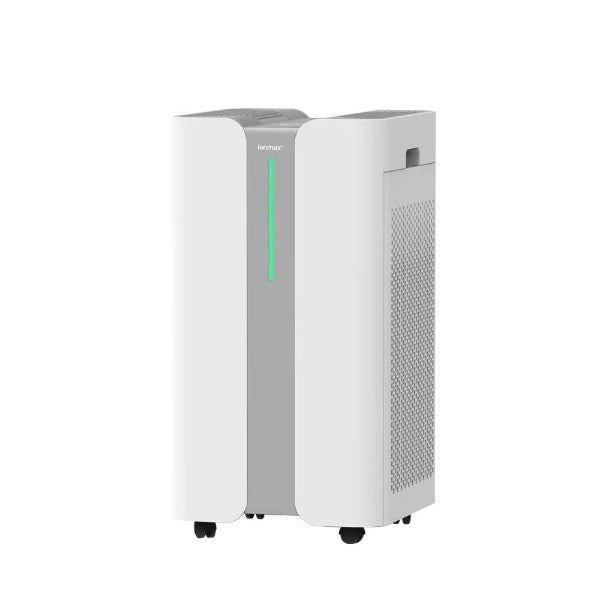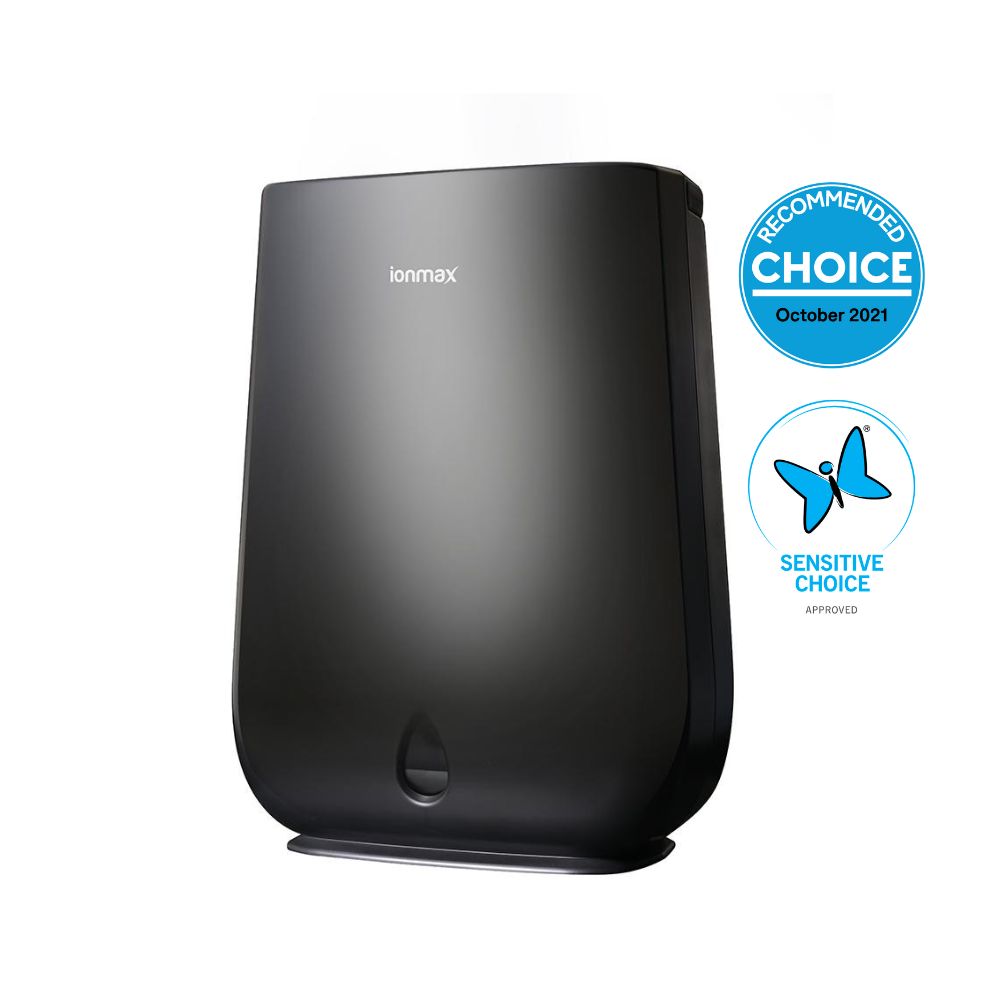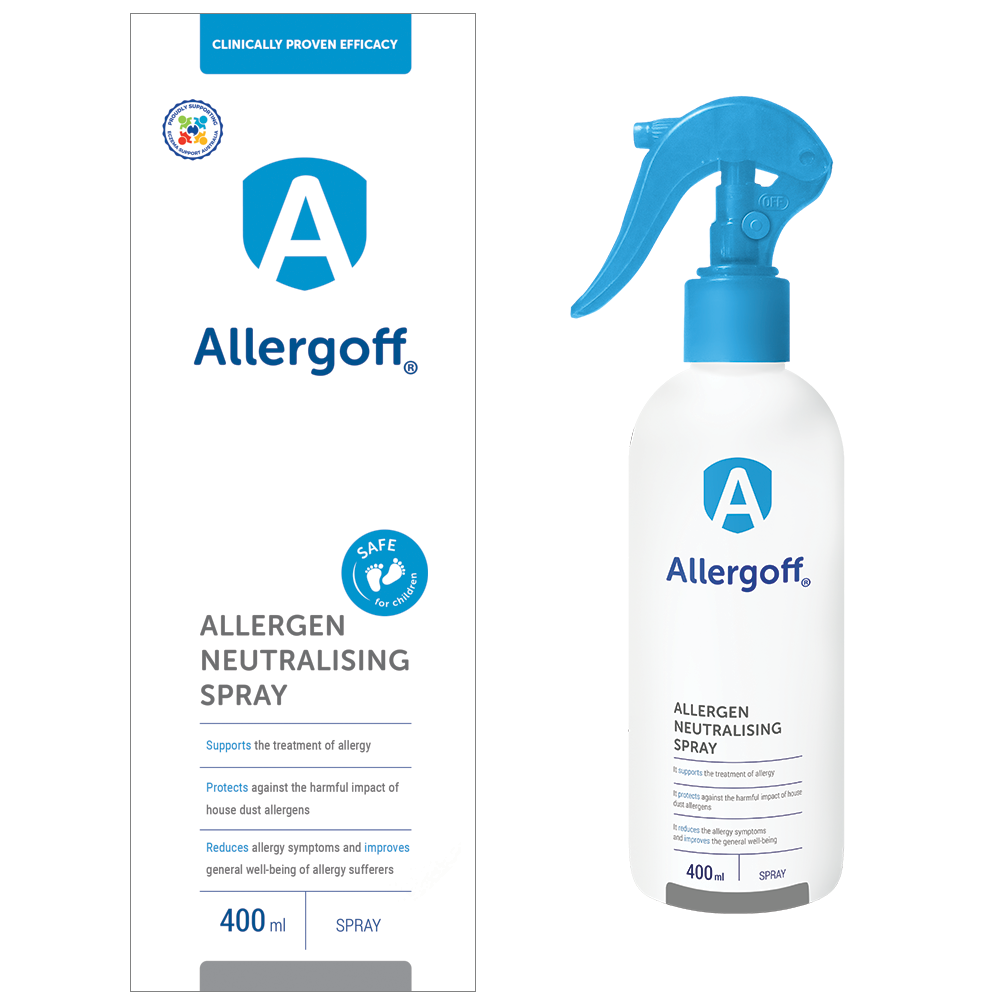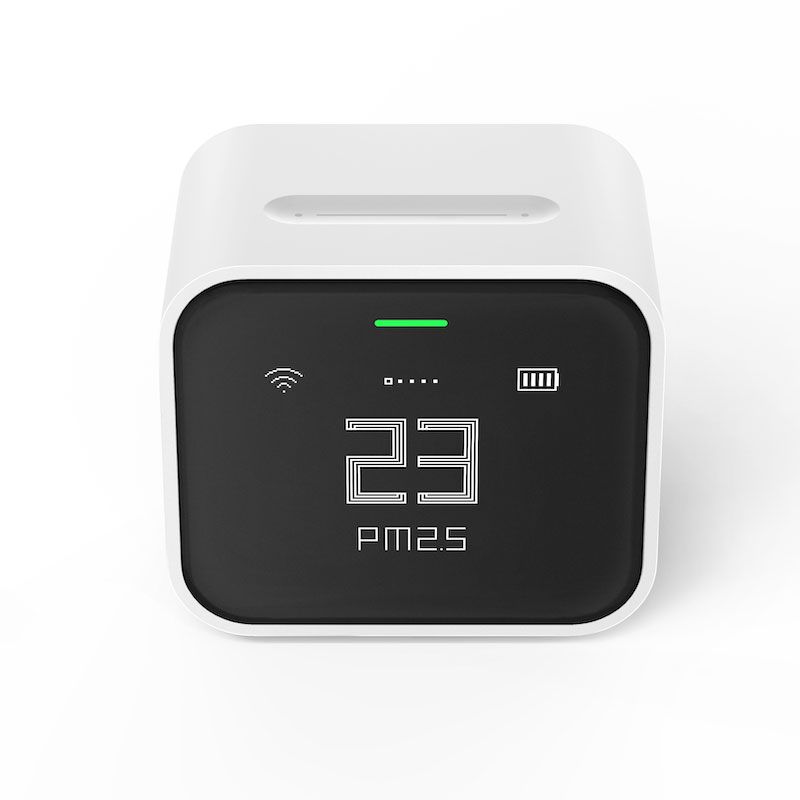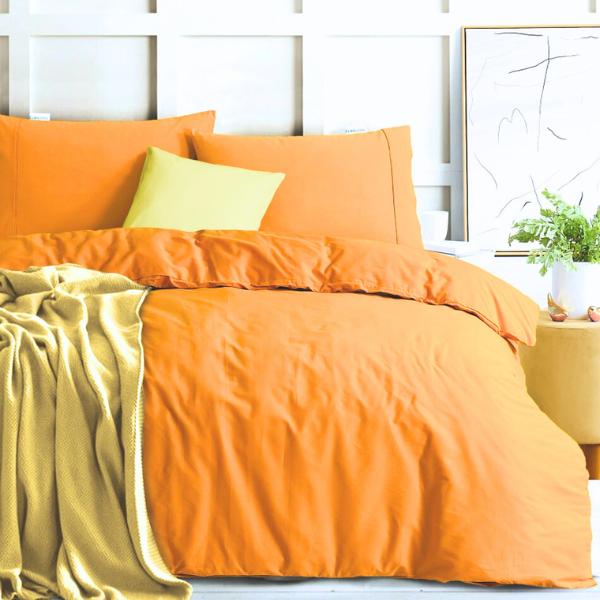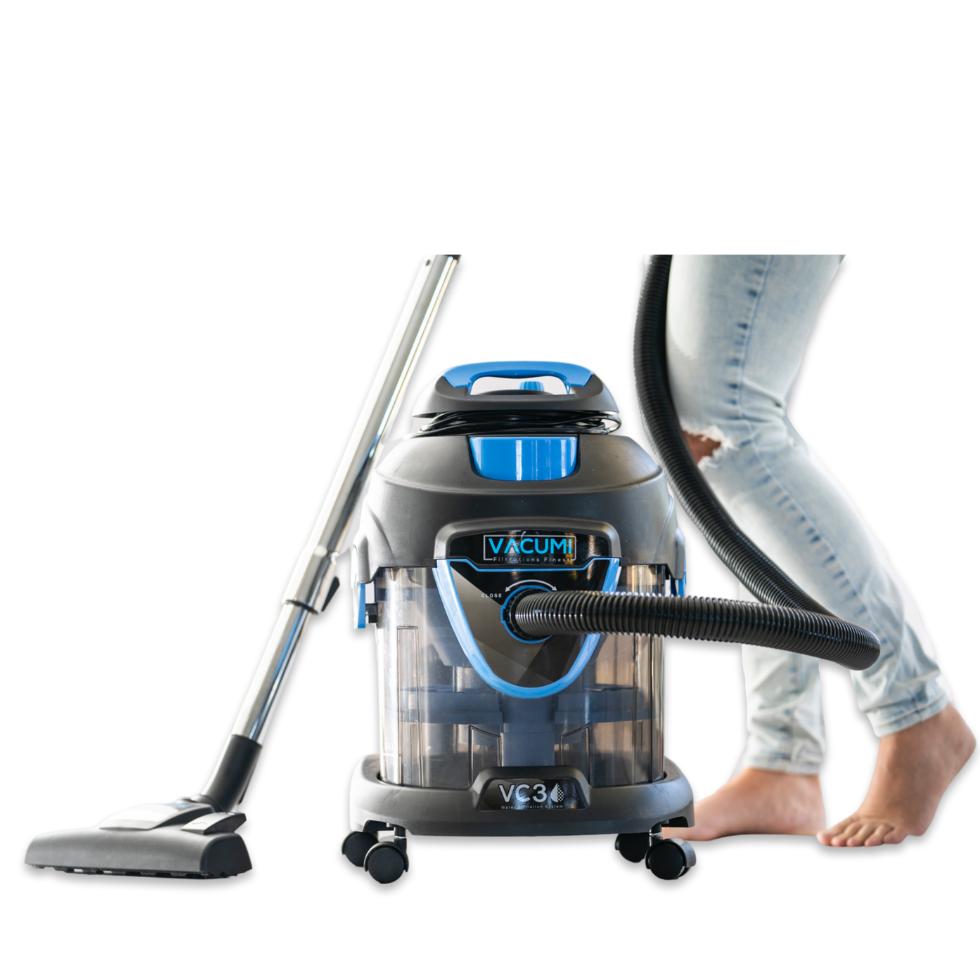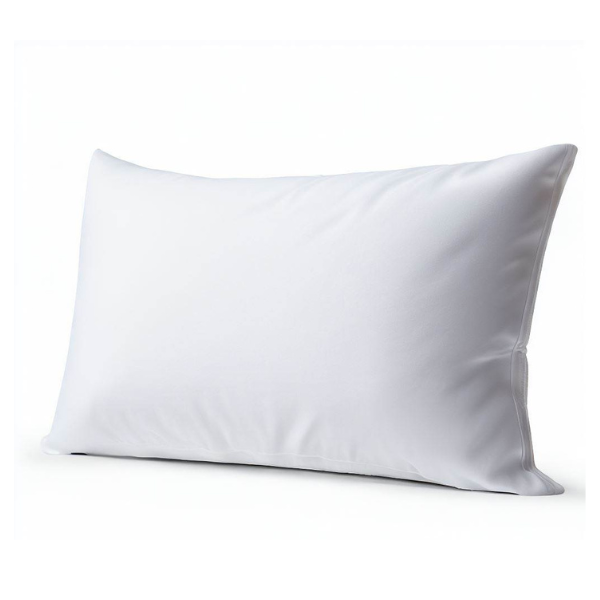Ever wondered what is the difference between dust mite mattress protectors and regular mattress protectors? Well, you're in the right place! We're going to break down the key differences between these two types of protectors, giving you all the info you need to make the best choice for your bed.
Do I really need a mattress protector?
Mattress protectors provide protection against spills, stains, allergens, and extending the lifespan of your mattress.
- Protection Against Spills and Stains: Waterproof protectors prevent spills from penetrating your mattress, thereby stopping the growth of mold, mildew, and bacteria.
- Allergy Relief: Acting as a barrier, protectors shield you from allergens such as dust mites and pet dander therefore reducing allergic reactions.
- Extending Mattress Life: By protecting your mattress from sweat, oils, and dead skin, protectors help maintain its integrity and extend its lifespan.
- Bed Bug Prevention: Certain protectors are designed to deter bed bugs, fully encasing the mattress to keep these pests at bay.
- Warranty Preservation: Stains and damage can void mattress warranties; a protector helps maintain your mattress in warranty-compliant condition.
How do I choose the right size mattress protector?
Measure your mattress's dimensions (length, width, and depth) and choose a protector that matches these measurements. It's important to consider the depth to ensure a snug fit, especially if you have a pillow-top or deep mattress.

What are the standard mattress sizes in Australia?
In Australia, mattresses come in standard sizes, which may differ slightly from those in other countries. Here are the standard Australian mattress sizes:
-
Single: 92 cm x 188 cm (approximately 36 in x 74 in)
-
King Single: 106 cm x 203 cm (approximately 42 in x 80 in)
-
Double: 138 cm x 188 cm (approximately 54 in x 74 in)
-
Queen: 153 cm x 203 cm (approximately 60 in x 80 in)
-
King: 183 cm x 203 cm (approximately 72 in x 80 in)
-
Super King: 203 cm x 203 cm (approximately 80 in x 80 in)
How is dust mite mattress protector different and similar to a regular mattress protector?
Mattress protectors for dust mites and regular mattress protectors serve the primary function of protecting your mattress, but they are designed with different specific needs in mind. Here's how they are similar and different:
Similarities
- Protection: Both types aim to shield the mattress from damage, including spills, stains, and wear.
- Installation: Protectors typically fit over or encase mattresses with elastic edges or zippers, ensuring a secure fit.
- Maintenance: They are generally machine washable and easy to care for, offering convenience for regular use.
Differences
- Barrier Level: Dust mite protectors are designed with tighter weaves or special treatments to block allergens, a feature not prioritised in regular protectors.
- Encasement with a zipper: Dust mite mattress protectors will be a full encasement with a zipper to fully envelop the mattress.
- Material: Dust mite protectors utilise materials with smaller pore sizes to prevent mite penetration, unlike the more varied materials of regular protectors.
- Allergen Protection: Specifically engineered to reduce allergens, dust mite protectors offer protection against dust mites, their eggs, and fecal matter, a focus absent in regular protectors.
- Comfort and Breathability: Despite their tighter weave, dust mite protectors are crafted to maintain breathability, possibly differing in feel from some regular protectors due to material differences.

Types of mattress protectors
Waterproof Protectors
- What they do: These covers offer the strongest protection against spills and accidents, making them ideal for households with kids or pets.
- Considerations: While effective, waterproof protectors may be less breathable, so they're best suited for those prioritising protection over breathability.
Water-Resistant Protectors
- What they do: Water-resistant covers repel liquid and sweat to a certain extent, providing greater protection than standard sheets alone.
- Advantages: They are usually more breathable than waterproof covers, ensuring comfort without compromising protection.
Slip-On Covers
- What they do: These covers resemble fitted sheets, making them easy to install and remove.
- Considerations: While convenient, slip-on covers may offer basic protection, leaving the sides and bottom of the mattress vulnerable to spills and dust mites.
Encasement Protectors
- What they do: Encasement-style covers surround the mattress on all four sides, offering complete protection.
- Advantages: Although they may be challenging to initially fit onto the mattress, many models feature zippered enclosures for easy removal and washing.
Anchor Protectors
- What they do: Anchor-style protectors sit on top of the mattress, secured with elastic straps around the corners.
- Considerations: While convenient, they offer minimal protection compared to other types and may shift around during use.
Mattress protector vs encasement
Mattress protectors and mattress encasements serve similar purposes in safeguarding your bed, but they differ significantly in design and coverage. A mattress protector primarily covers the top and sides of a mattress, functioning similarly to a fitted sheet. This type of protector is mainly intended to shield the mattress from spills, stains, and some allergens. It's easy to remove and clean, making it a convenient option for regular maintenance.
A mattress encasement completely surrounds the mattress, offering full coverage with a zippered closure. This comprehensive protection is especially beneficial for preventing dust mite and bed bug infestations and blocking all manner of allergens, including dust mites, pet dander, and pollen. Encasements are often made from specialised fabric that is designed to be impenetrable by pests and allergens, ensuring a clean, hypoallergenic sleeping environment. While they can be a bit more cumbersome to install or remove due to their full coverage design, the level of protection they offer makes them an ideal choice for those dealing with allergies, asthma, or bed bug concerns.
Will a mattress protector stop dust mites?
A study by the Journal of Allergy and Clinical Immunology found that using dust mite protectors, reduced allergy symptoms in children with asthma. A mattress protector creates a barrier between you and the mites, particularly when it's designed to be allergen-proof.
Will a mattress protector make me hot?
While some waterproof protectors might reduce breathability, many are made from materials that promote air flow to minimise heat retention. Look for protectors made with breathable fabrics if heat is a concern. We recommend 100% Cotton Dust Mite Mattress Protectors if you are concerned about being hot.How long do mattress protectors last?
The lifespan of a mattress protector depends on its material quality, how frequently it's used, and how well it's cared for. On average, a good quality mattress protector can last between 1 to 2 years with regular use and proper care, though some may last longer with meticulous maintenance and less frequent washing. High-end protectors might offer a longer lifespan, potentially up to 5 years or more, especially if they're rotated and washed according to the manufacturer's instructions.
Can a mattress protector stop bed bugs?
Yes, specifically designed bed bug or dust mite mattress encasement protectors can effectively prevent bed bugs from entering or escaping from your mattress, significantly reducing the risk of infestation.
Are you wondering if you are dealing with dust mites or bed bug bites? Read our guide to find out.


